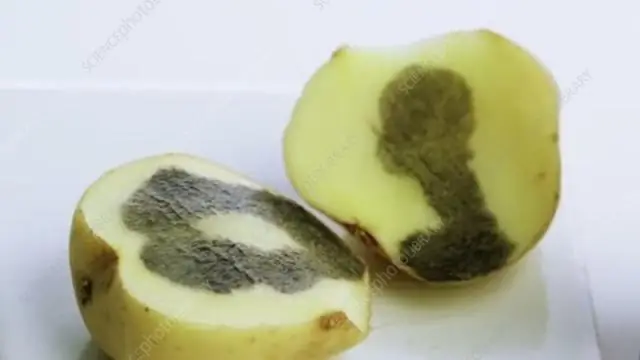
Table of contents:
- Author Bailey Albertson [email protected].
- Public 2023-12-17 12:53.
- Last modified 2025-01-23 12:41.
Several ways to starch a napkin

Many housewives use a variety of textile napkins and openwork knitted napkins not only for setting the festive table, but also for decorating the interior and giving the room an atmosphere of warmth and home comfort. Today we will describe several ways on how to properly starch these household items.
Content
- 1 Why you need to starch
-
2 What can be starch
- 2.1 Starch
- 2.2 Gloss-starch
- 2.3 Aerosol
- 2.4 Sugar
- 2.5 PVA glue
- 2.6 Gelatin
- 3 How to shape a napkin
- 4 Video: how to starch crocheted napkins
Why starch
Any fabric, even the densest, can lose its shape after washing. But for the napkins used in table setting, in most cases, soft, light fabrics are used. The same applies to openwork knitted products, with which many needlewomen like to decorate the interior, laying them out on dressing tables, armchairs and other furniture. Not only thin cotton or viscose threads, but also a peculiar pattern make such napkins very vulnerable to wear and tear.

Starched napkins keep their shape and rigidity well
It is very important to give such a product density, hardness and at the same time elasticity. This is necessary so that the napkin will surely take the shape you need. For example, a starched cloth napkin when serving the table can be laid out in one of several traditional options: "Lotus", "Sailboat", "Lily", "Everest", "Exquisite Fan". But at the same time it is necessary to strengthen the fabric so that it does not lose its softness.

Linen napkin folded in the shape of "Lotus"
And a knitted napkin, starch, can even be turned into a vase or basket for sweets or cookies.

Crochet napkin vase
It is for this purpose that starch is used. The level of action of the active substance in this case can be different, depending on the required hardness, the type of fabric and even the color. Traditionally, white products from flax and cotton are starch. Colored, dyed threads are also easily tolerated by agents such as starch and sugar.
It is also better not to starch products made of black threads and fabrics: any product will leave whitish spots on them. Synthetic and wool products are also resistant to starch. In such cases, it is better to use special chemicals or even seek professional help, such as dry cleaning.
What can be starch
To work, you will need water, a napkin itself and one of these tools:
- sugar;
- starch;
- PVA glue;
- gelatin;
- starch aerosol in spray;
- mixture for gloss-starch.
Most often they just use starch, and it can be potato, corn or rice.

Potato starch is the most affordable and common means for starching fabrics
Let's consider several ways to starch napkins in detail.
Starch
Put a dish with 1 liter of water on the fire.

Boil 1 liter of water
Dissolve the required amount of starch in a glass of cold water. It depends on what kind of starch you have (we wrote about this above) and what level of hardness you need to give the product.
For different degrees of stiffness of the fabric or threads, you need a different amount of funds. There are 3 types of starches.
- Soft starching. Ingredients: up to 1 teaspoon of potato starch in 1 liter of water.
- Semi-hard starch is great for textile napkins, tablecloths. Ingredients: 1 tablespoon of starch in 1 liter of water.
- Harsh starching. It is used when a knitted napkin or its individual parts need to be given a rigid shape for a long time, like on a frame. Ingredients: 2 tablespoons of starch in 1 liter of water.
Stir the mixture constantly. The starch is completely insoluble in cold water and quickly settles to the bottom. When added to boiling water, this precipitate can form unwanted lumps.

Stir the starch in a glass of water and pour it into boiling water in a thin stream, stirring thoroughly
Combine the cold starch mixture with boiling water in a saucepan. Keeping the heat on, stir the contents constantly until they thicken and form bubbles on the edges of the cookware. The paste should be transparent and uniform. If lumps do appear, strain the contents of the pan through a sieve or cheesecloth.

The paste should be uniform, without lumps.
Let the paste cool slightly. As the starch takes a long time to cool, dip the napkin into the pot with a wooden stick to avoid scalding.

Gently soak the product in hot paste
Wait until the napkin is completely saturated with the paste, wring it out and spread it out on a flat surface. To prevent the product from losing its shape when drying, secure its edges with safety pins.

Shape with a damp cloth on a flat surface and secure with pins
After drying, iron a slightly damp cloth with a not very hot iron through a cotton cloth. If these conditions are not met, the threads of the product may turn yellow.

Iron the starched napkin with a not very hot iron so that it does not turn yellow
Gloss-starch
There are 2 recipes for this method. The first uses 5 tablespoons of rice or wheat starch, 3 tablespoons of talc, 1 spoon of borax powder (sold in a pharmacy). In the second - 10 tablespoons of borax, 2 tablespoons of boric acid, 8 tablespoons of rice starch.
Mix all the ingredients thoroughly, add water until the consistency of liquid sour cream. Soak a piece of cloth in the mixture and apply to a napkin, ironing immediately with a hot iron. The product will have a shiny surface, slightly compacted.

Skim milk can be used instead of water to dissolve starch
By the way, you can use cold skim milk instead of water to dissolve the starch. This method is most often used on white lace products. This milky paste gives items a matte finish.
Aerosol
Aerosol starch is easily available at any hardware store. This method of starching napkins is the easiest and fastest, but it will not give too dense starch and long-lasting effect. But it is perfect for textile napkins with which you serve the table.

The use of a starch spray in a spray is the easiest way to starch napkins
Spread the damp cloth on a flat surface. Spray it well and immediately iron it through a cotton cloth with a hot iron until dry.
Sugar
It is also a very popular method that our grandmothers used. I remember from childhood how I loved to gnaw and chew on my grandmother's napkins, starched in sugar syrup, for which I was often scolded. But it was really tasty, and most importantly - safe (well, apart from what parents tell their children about the dangers of sweets).

Sugar solution is one of the oldest methods of starching textiles.
You will need:
- 1 glass of water;
- 6 tablespoons of granulated sugar.
Stir the sugar in water until dissolved and boil the syrup. Add a little starch diluted in cold water to it, stirring constantly.

Prepare the sugar syrup - the base for the fixative
Heat the mixture until bubbles appear along the edges of the dishes with paste. The cooled product is ready for use.

Stir the starch and add it to the syrup
Soak a napkin thoroughly in paste, wring out. Straighten the damp product on a flat surface and dry. Then iron it with a hot iron.
PVA glue
Yes, glue is also successfully used to shape napkins. It gives them special hardness and elasticity. Rodents with insects are unlikely to gaze at such a thing, but it is better to keep napkins starched in this way away from curious little kids.
The standard proportion is 0.5 cups of glue to 1 cup of water. It can vary depending on the density of the PVA.

PVA glue will give the product stable rigidity for a long time
Stir the ingredients thoroughly until smooth. Place a napkin in the solution, wait until it is completely saturated, remove and wring it out. Fix the product in the desired position (use safety pins if necessary) and leave to dry. Iron out if necessary.
Gelatin
Any knitted products, especially crocheted napkins, hold their shape perfectly if treated with a gelatin solution. In addition, gelatin does not flake off, unlike starch.

Food gelatin gives knitted napkins elasticity and does not crumble for a long time
Prepare the solution as indicated on the gelatin package: soak 1 tablespoon of the product in half a glass of water, leave to swell for several hours. Then add water to the rim of the glass, stir and heat until the gelatin dissolves. Stir constantly to avoid clumping. If they do form, strain the solution through a sieve or cheesecloth.
Let the solution cool, then lower the product into it. Soak thoroughly, wring out, fix to surface and dry.
How to shape a napkin
There are several secrets that every housewife should take on board.
To ensure that the napkin soaked in the fixing solution does not “sit down” when it dries and does not pick up with bumps, pin it along the contour with pins. But do not stretch too much, otherwise the pattern may "move out" and lose symmetry. For convenience, use this method: on a thick white paper sheet or cardboard, draw the outline of your napkin, and pin it exactly on it, without going beyond.
If your knit has fringe, it may deform when starching. It's not scary. Just hold the fringe over the hot steam and separate the brushes with a comb. The correct form will return in a few minutes.
This deformation can also be avoided by combing the threads of the fringe carefully and gently from time to time while the napkin dries.
Video: how to starch crocheted napkins
We hope our tips will help you keep your textile and knitted napkins looking great. Newbies in needlework will surely like them. If you have any questions about this topic, ask them in the comments. We will be glad if you share with us your experience in napkin starching. Good luck and comfort to your home!
Recommended:
How To Clean An Electric Oven Outside And Inside From Carbon Deposits And Grease: Catalytic And Other Types Of Cleaning + Video

How to clean an electric oven from dirt and carbon deposits inside and out: using chemistry, folk remedies and self-cleaning technologies
Fleas In The Apartment: Where And How To Get Rid Of Their Appearance In The House Quickly And Efficiently Using Dichlorvos, Wormwood And Other Means + Video
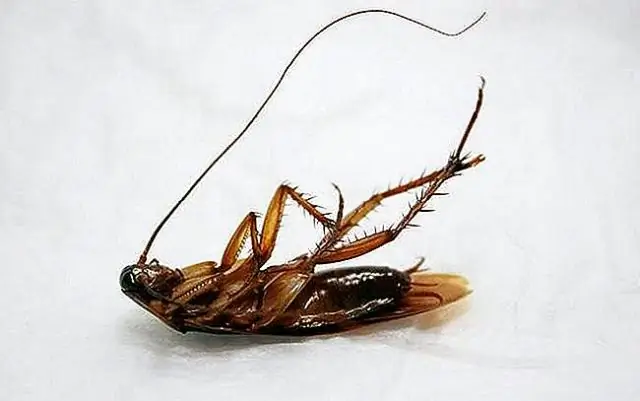
Where do fleas come from in a house or apartment and how to determine their presence. Effective ways to help get rid of parasites quickly
Rice Vinegar: What Can Be Substituted At Home For Sushi, Rolls And More; Apple, Regular And Other Options + Photo And Video
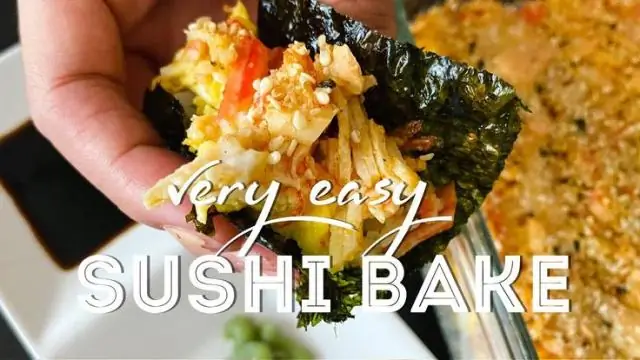
Features of rice vinegar. How to cook it yourself at home. What vinegars and acids can you replace it with? Proportions for different dishes
How To Make Yogurt At Home - Recipes For Making Drinking, Greek And Other Options From Milk (including Goat Milk), In And Without A Yogurt Maker, Video And Reviews
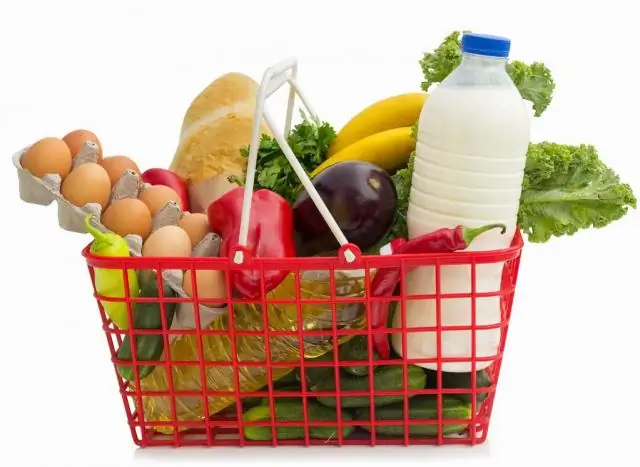
Properties and types of yoghurts. How to choose products. Homemade recipes in a yogurt maker and without
How To Remove Iodine From Clothes And Other Surfaces, Than To Wash It From The Skin, Various Methods And Means + Video And Photo
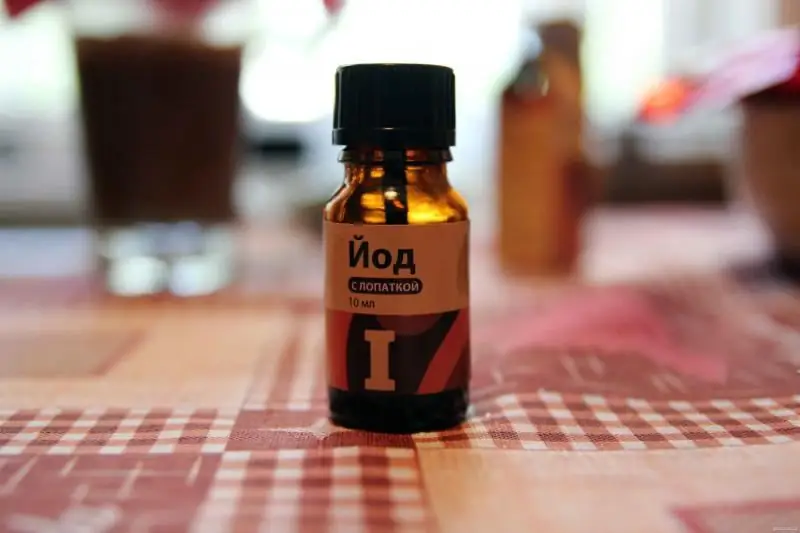
How to remove iodine from different fabrics, wash stains from furniture, body and other surfaces. Effective ways with instructions for use with photos and videos
